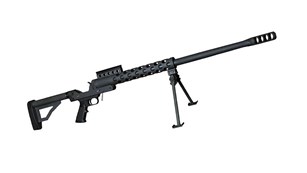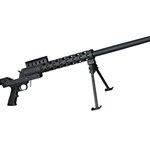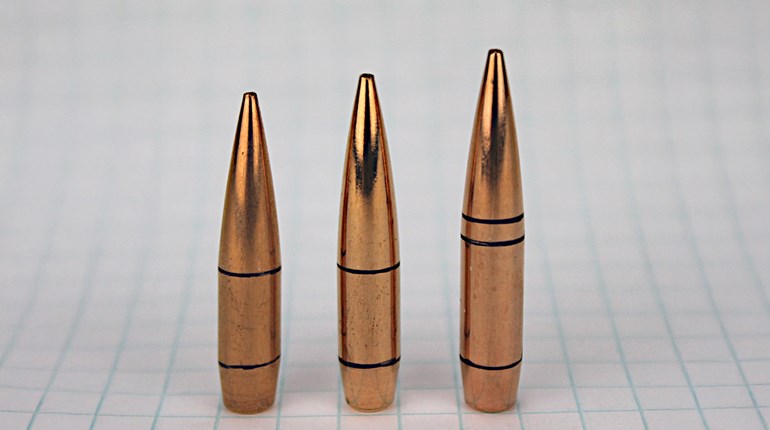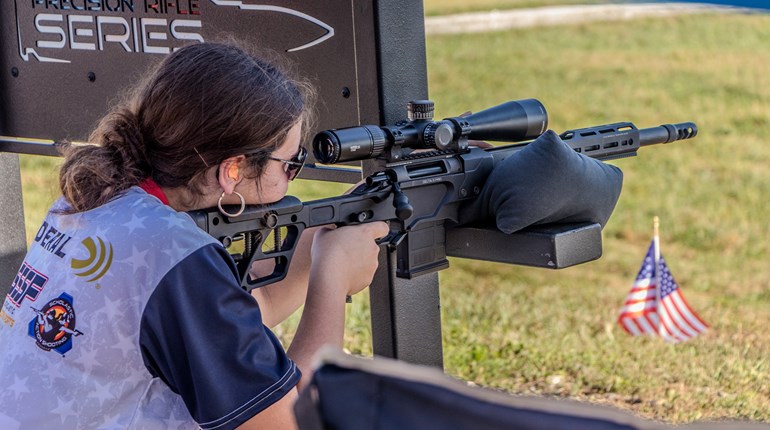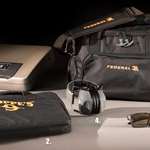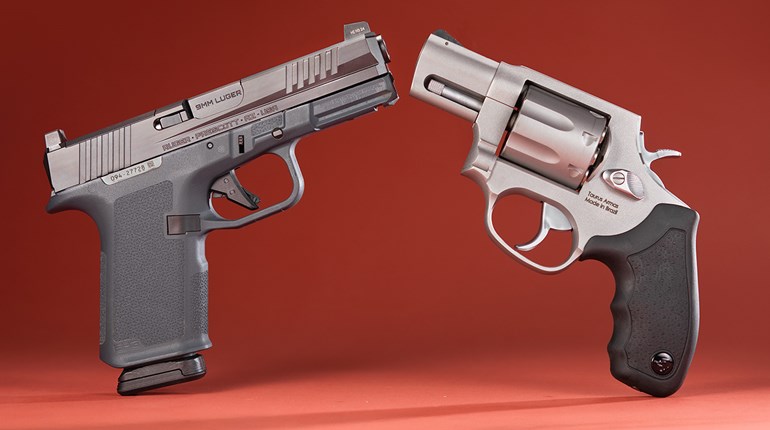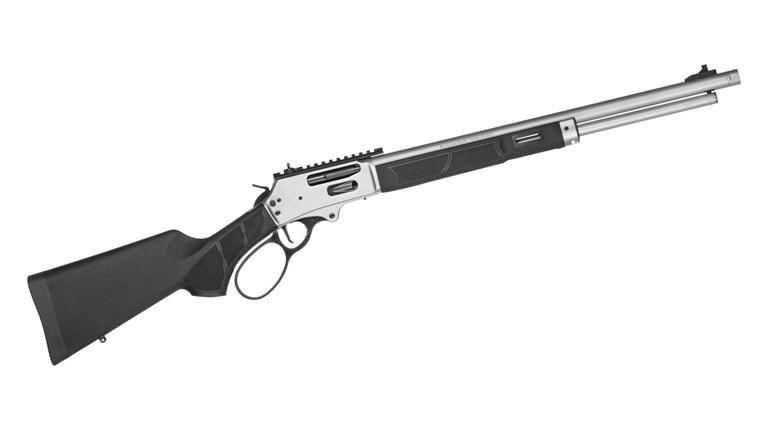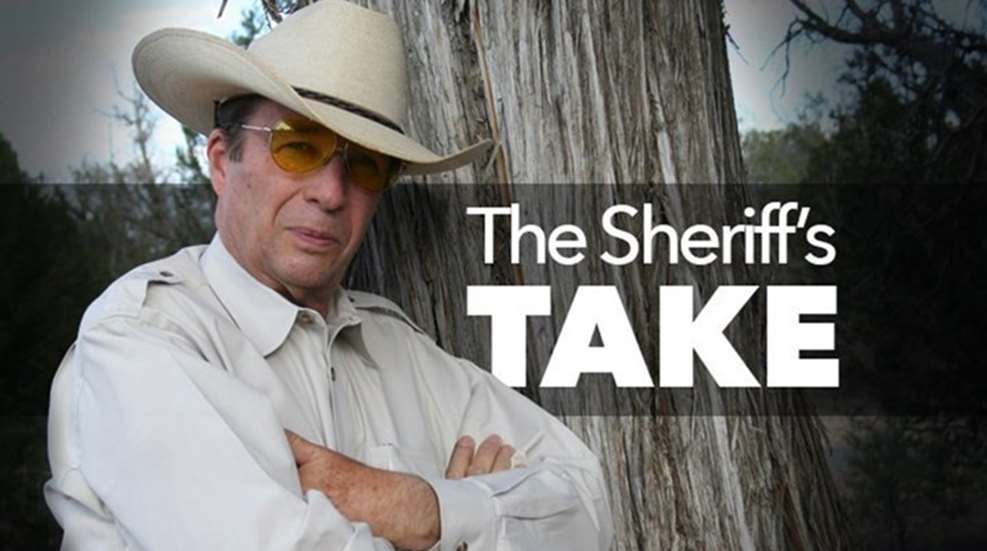
Through good training and then practicing what we’ve been taught, we form the habit of presenting our defensive handgun in a level fashion to the target. Just before breaking the shot, our focus goes to the front sight to confirm that we are properly lined up with the vital zone. This is what Col. Jeff Cooper called the flash sight picture. At close ranges we don’t bother to try to line up our front and rear sights like a target shooter does, or like we would need to do at longer ranges.
What we need in a close-range encounter is something on our front sight that says, “Look at me!” I happen to like a gold or brass bead on an otherwise black front sight. Others prefer a white dot, however vertical white lines are available, as are fiber-optic front sights. Heck, even some red or green nail polish will do the trick, anything that forces the shooter to look at the front sight when he or she breaks the shot.
There is absolutely no need for anything on the otherwise black rear sight. If a person’s attention is directed to the rear sight in a close-range gunfight, they are very likely to miss. This is why so many of us urge shooters to avoid those three-dot sights that were all the rage a few years ago. And the same can be said for white-outline rear sights or those with a little light-colored triangle. A black rear sight is the way to go for really fast, accurate shooting.
Sights on a defensive handgun should have a rather bold front sight and a rear sight with an opening that allows plenty of light on either side of the front sight when one is aiming. I also prefer that the rear sight on my defensive handguns be adjustable so that I can dial the gun in for a particular load at a particular range. One might argue that we don’t need this kind of precision on a fighting gun, but it sure builds confidence in the shooter and well-placed confidence helps one to win gunfights.
There was a time when defensive handguns sported the worst of sights, thin front sights and rear sight with narrow openings. That was then and this is now. Today, the defensive shooter has a lot of good choices to consider, as the guns come from the factory and in the after market. The key is to experiment with the various sights to see what setup gets your eye on the front sight the quickest and the sight on the intended target.










